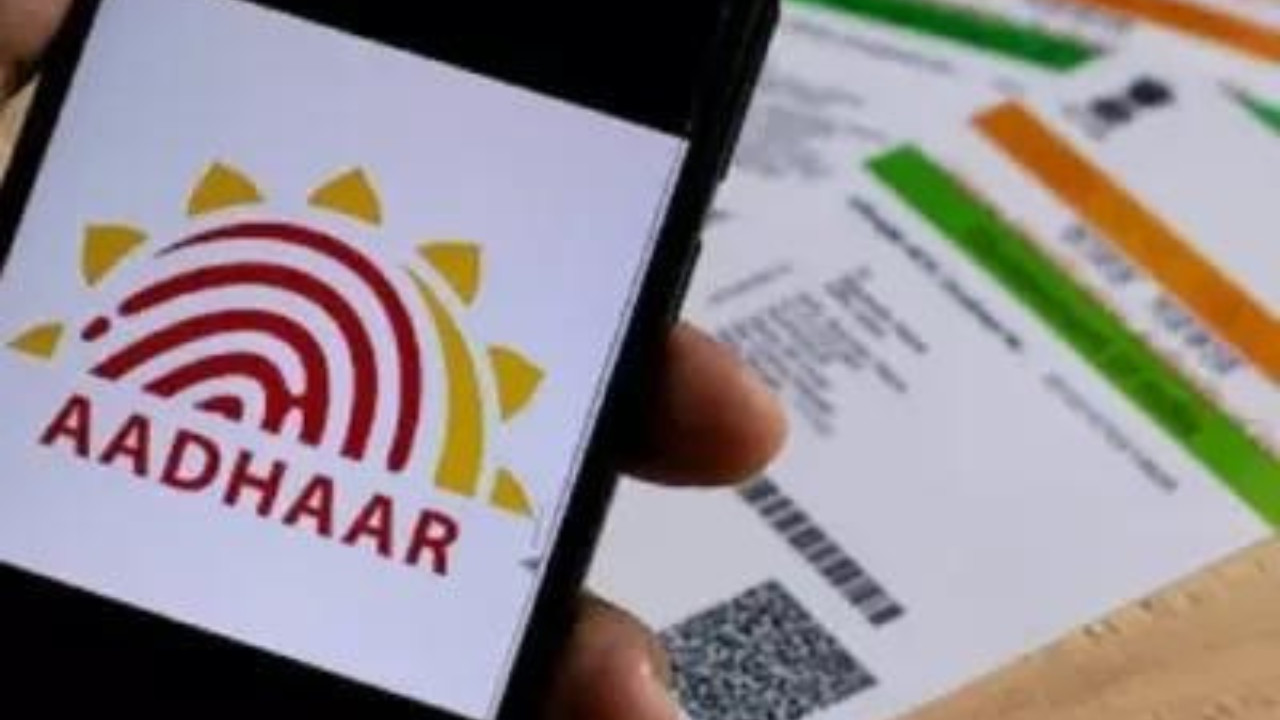A new Aadhaar-based framework has been introduced for cooperative banks, enabling authentication and eKYC services. This initiative, spearheaded by the Cooperation Ministry and UIDAI, allows state cooperative banks to register directly with UIDAI, while district central cooperative banks can utilize their state counterparts’ infrastructure. The move aims to enhance financial inclusion in rural areas by cutting costs and improving efficiency.
Co-op Banks Get a Digital Shot in the Arm: Aadhaar-Enabled Services Arrive
For years, cooperative banks have been vital arteries pumping financial lifeblood into the Indian countryside. These community-focused institutions often serve populations underserved by larger, nationalized banks. Now, these cornerstones of rural finance are stepping into a more digitally inclusive future, thanks to a key regulatory shift: the integration of Aadhaar-enabled services (AePS).
This move isn’t just about adding another tech feature. It’s about bridging the digital divide and making banking more accessible, particularly for those in remote areas where internet access might be spotty or smartphones are less common. Imagine the possibilities. A farmer in a village can now easily withdraw cash, check their balance, or even make payments directly through an Aadhaar-authenticated micro-ATM at their local cooperative bank.
Why Aadhaar-Enabled Services are a Game Changer
The beauty of AePS lies in its simplicity and reliance on India’s robust Aadhaar infrastructure. Instead of needing debit cards or complex online banking passwords, customers can verify their identity using their Aadhaar number and biometric authentication, usually a fingerprint scan. This drastically lowers the barriers to entry for banking services, especially for those less tech-savvy.
The recent streamlining of UIDAI guidelines is also important. This simplifies the process for cooperative banks to get onboarded with AePS, reducing red tape and making it easier for them to offer these vital services. Before, navigating the regulatory landscape could be a significant hurdle, particularly for smaller cooperative banks with limited resources. Now, with a clearer, more straightforward framework, these institutions can more readily adopt this technology.
Think of it this way: a senior citizen receiving their pension in a rural area no longer needs to travel long distances to a traditional bank branch. They can simply visit their local cooperative bank and, using their Aadhaar number, withdraw their funds quickly and securely. This eliminates the need for physical passbooks, reduces the risk of fraud, and empowers individuals with greater control over their finances.
Leveling the Playing Field with Digital Banking
For cooperative banks, offering Aadhaar-enabled services isn’t just about customer convenience; it’s about remaining competitive in an increasingly digital financial landscape. As larger banks and fintech companies push further into rural markets with their own digital offerings, cooperative banks need to adapt to stay relevant. AePS provides a relatively easy and cost-effective way to do just that.

This move promises to boost financial inclusion by reaching the last mile and bringing millions into the formal banking system. By leveraging the widespread adoption of Aadhaar, cooperative banks can tap into a vast potential customer base that was previously underserved. It also strengthens the relationship between these banks and their communities. By providing convenient and accessible services, they reinforce their role as trusted financial partners.
Furthermore, AePS can drive greater efficiency for cooperative banks. By automating many routine transactions, they can reduce the workload on staff and free up resources to focus on other critical areas, such as loan disbursement and financial literacy programs. The long-term effect should be increased efficiency and profitability for these institutions.
What’s Next for Cooperative Banks and Financial Inclusion?
While the integration of Aadhaar-enabled services is a significant step forward, it’s just one piece of the puzzle. For cooperative banks to truly thrive in the digital age, they need to continue investing in technology and innovation. This includes exploring other digital payment options, strengthening cybersecurity measures, and providing training to staff on how to effectively use and promote these new services.
Looking ahead, the possibilities are vast. Imagine a future where cooperative banks offer a full suite of digital financial services, all accessible through Aadhaar authentication. This could include everything from mobile banking apps to online loan applications. By embracing technology, these institutions can not only survive but thrive, playing a crucial role in driving economic growth and empowering communities across India. This is an internal link to our blog about rural investment opportunities.
The arrival of Aadhaar-enabled services at cooperative banks marks a turning point for financial inclusion in India. By making banking more accessible, convenient, and secure, this initiative has the potential to transform the lives of millions, particularly those in rural areas. It’s a clear demonstration of how technology can be used to bridge the digital divide and create a more equitable financial system for all.







